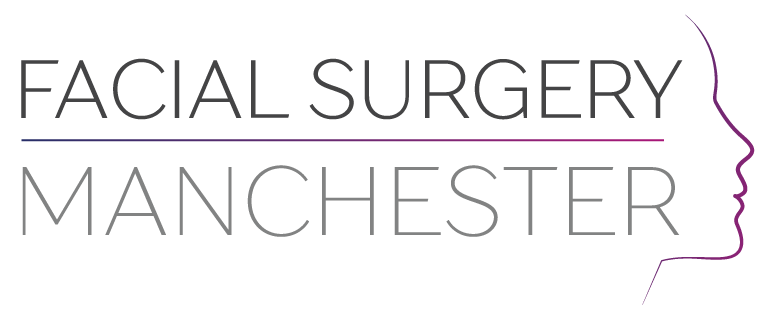Face-lifts have only achieved popularity because they are generally safe and largely predictable. As with any surgery, face-lifting is subject to complications which, although uncommon, do occur and your surgeon should have informed you about:
Bleeding / haematoma (collection of blood): this complication applies to almost any surgery. It generally occurs within the first 12 hours after surgery and usually needs a return visit to the operating theatre to drain any collection of blood and attain control of any bleeding points under general anaesthesia. The risk of this is approximately in the order of 1 in 100.
Wound infection: it is rare to have infection following a facelift, largely because antibiotics are used before surgery and the anatomical area has a great natural blood supply. If it occurs it is treated with further antibiotics and appropriate wound care.
Poor scarring: some individuals may develop thick and red scars, so-called hypertrophic scarring. Very rarely this may progress to keloid scars. These unfavourable scars can be treated with steroids and sometimes may have to have surgical or laser revision. It is advisable to avoid vigorous massage to new scars for 8 weeks, as it takes time for skin to develop adequate strength to withstand pressure without stretching.
Hair loss: this is rare and may occur as a result of tension swelling in the scalp or as a general reaction to the trauma of surgery – more so with repeated facelifts. Wound infection can also cause temporary hair loss in the vicinity of the wound. Fortunately, in most cases, hairloss is reversible but may take many months.
Numbness: follows most surgical procedures and gradually decreases with time. Sometimes, small areas of the face / ear lobes may develop permanent numbness – in the latter case, there is no remedy.
Bruising: this is a normal sequel to surgery and, therefore, is not a complication. The duration of bruising can vary from two to twelve weeks and depends on the extent and thickness of skin, among other factors.
Injury to the facial nerve: facial nerve controls the movement of muscles of facial expression. Injury to one or more of the nerve branches will result in paralysis the muscles of facial expression. Most injuries are caused by swelling or bruising around the nerve and are therefore temporary. Permanent injuries are quite rare.
Poor healing: some areas of facelift scars, especially behind ears are subjected to more tension and may receive poorer blood supply to its edges. This is particularly so in smokers and ex-smokers. It is very important to cease smoking prior to surgery for this reason alone. If healing is delayed, it may take up to eight weeks for the wound to close. Later, the scar may need revision.
Skin tethering: in some areas, e.g. in the neck, skin is attached to the underlying immature scar and this has a tethering effect. In most cases this problem corrects itself with time and it may take a year.
Asymmetry: most patients have some facial asymmetry and most of these cannot be corrected by face-lifting – a perfectly symmetrical result can never be guaranteed in any operation performed on both sides of the body. Any concerns about asymmetry should be discussed with your surgeon.



